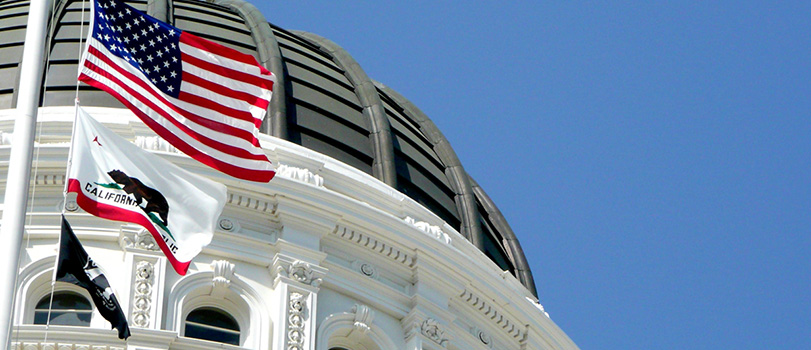California Proposes Limiting NSRL for Antimony Trioxide Under Prop 65

The California Office of Environmental Health Hazard Assessment (OEHHA) announced that it is limiting its proposed Proposition 65 No Significant Risk Level (NSRL) for antimony trioxide of 0.13 micrograms per day to the inhalation route.
By way of background, Proposition 65 (also known as the Safe Drinking Water and Toxic Enforcement Act of 1986) requires companies to provide warning statements where their products cause an “exposure” to carcinogens and/or reproductive toxicants, unless an exemption or exception under the law applies. Warnings are not required for exposures below a safe harbor level developed by OEHHA. OEHHA reports the safe harbor level as a NSRL for chemicals listed as causing cancer and as a Maximum Allowable Dose Level (MADL) for chemicals listed as causing reproductive harm.
OEHHA first proposed establishing a Proposition 65 No Significant Risk Level (NSRL) for antimony trioxide of 0.13 micrograms per day on August 26, 2022. Comments to that proposal pointed out that the absorption rate by the oral and inhalation exposure routes differ. Furthermore, OEHHA explained that “there are not enough data to assess the relative contributions of particulate and dissolved forms of antimony trioxide to the carcinogenic effects observed in the inhalation studies to confidently inform quantitative route-to-route extrapolation.” Therefore, OEHHA modified that proposed regulation to limit the proposed NSRL to the inhalation route but added that it may develop an NSRL for the oral route in the future when sufficient information becomes available. (Comments on the August 26 proposal can be found here.)
Comments on the proposed modification of the rulemaking are due by July 27, 2023.